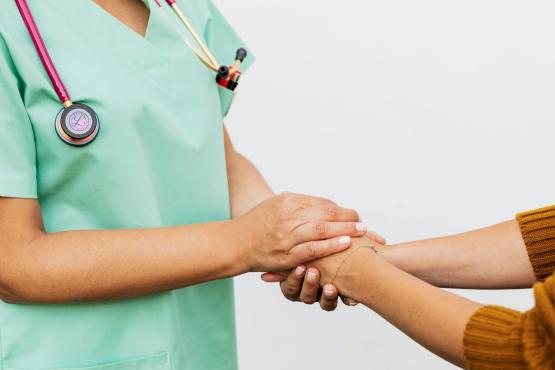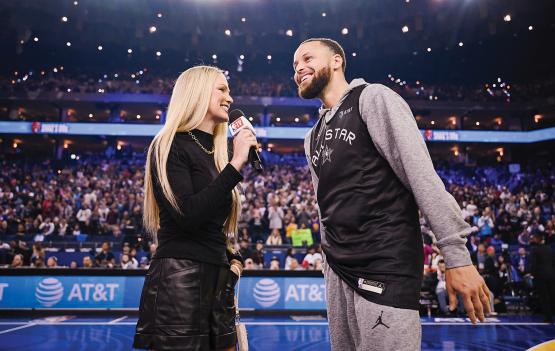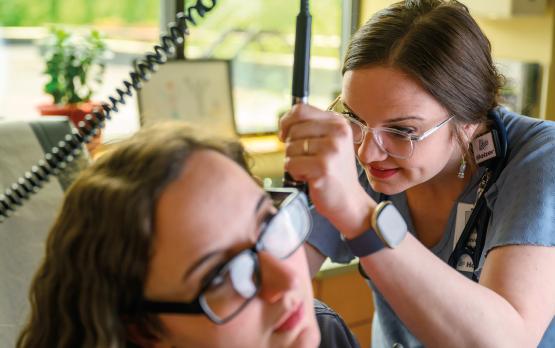
Larry Connor, AB ’72, considers himself a lifelong student of sorts—and he’ll literally travel through space to keep growing and learning, both personally and in service to others.
If the next year plays out as planned, Connor is on pace to become the first person to visit both inner Earth and outer space within 12 months—and only the third person in history to do both. In April, Connor traveled to the ocean’s deepest point off the coast of Guam for a hadal exploration mission. This summer, he began training for his role as pilot of the 10-day Axiom Mission 1 (AX-1), which will be led in February 2022 by the first all-civilian crew to visit the International Space Station.
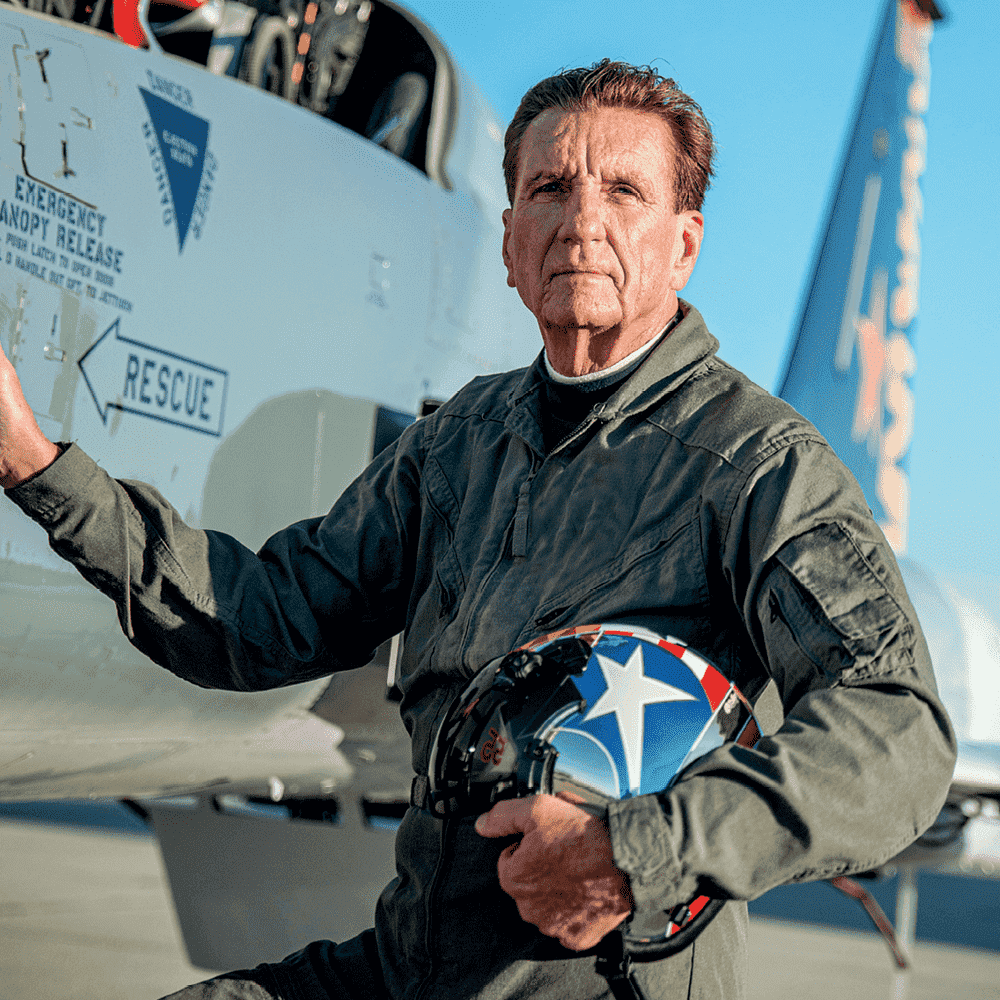
For someone who has journeyed to the ends of the Earth—and is preparing for a history-making trip to space—Larry Connor remains remarkably grounded. Photo courtesy of Larry Connor
Making history—from sea to sky

As Connor’s career took flight, so, too, did his interest in aviation. To date, he has flown 16 different types of aircraft, and 2022 will bring a new addition to the list: a SpaceX Crew Dragon.
“I’ve had a wide range of piloting experiences, flying anything from fighter jets to helicopters,” shares Connor. “Whether it’s systems or communication, there is some carryover, but being a pilot on the Crew Dragon going to outer space is quite different.”
Indeed, as Connor learned in June when he began 22 weeks of training for the Axiom Mission. Throughout the summer, Connor spent one week per month training and was scheduled to begin full-time training in late September, splitting time between NASA’s Johnson Space Center in Texas and Kennedy Space Center in Florida. His training also took him to the Alaskan backcountry, where he underwent National Outdoor Leadership School wilderness training with three fellow crewmembers.
“[The training] is designed for team building and learning to overcome obstacles and adversity,” says Connor. “I guess we got our money’s worth. It rained the entire time, and the weather was below zero. The last day, we got trapped between two rivers and couldn’t cross—we had to be evacuated via helicopter.”
According to Connor, his role as pilot on the Axiom Mission won’t include actual flying as much as monitoring systems and communicating with SpaceX. While at the International Space Station, the crew will be conducting medical experiments in microgravity on behalf of the Mayo Clinic and Cleveland Clinic, medical centers that have benefitted from strategic partnerships with and research funding from Connor.
“Microgravity creates a very unique environment to do groundbreaking research—research that is frankly very hard to get access to because there is so much demand to do stuff at the International Space Station,” says Connor. “NASA has done a phenomenal job, but if you really think about space as the next great frontier, it’s going to take the private sector to propel that forward.”
The space endeavor comes on the heels of Connor’s oceanic journey. In April, he joined forces with Patrick Lahey, president and co-founder of Triton Submarines, to travel nearly 36,000 feet to the ocean’s deepest point—the Challenger Deep in the Mariana Trench.
Together, Lahey and Connor completed three 12-hour dives, during which they captured coveted footage of the elusive Mariana snailfish—the only fish known to survive at that depth—and never-before-seen areas of the ocean floor. They conducted the research under the guidance of chief scientist Alan Jamieson, who called their findings “scientific gold.”
“I’ve always had an interest in research, whether scientific or medical,” says Connor. “Based on the three dives we did, apparently there will be a lot of scientific research and writing that will come from that.”
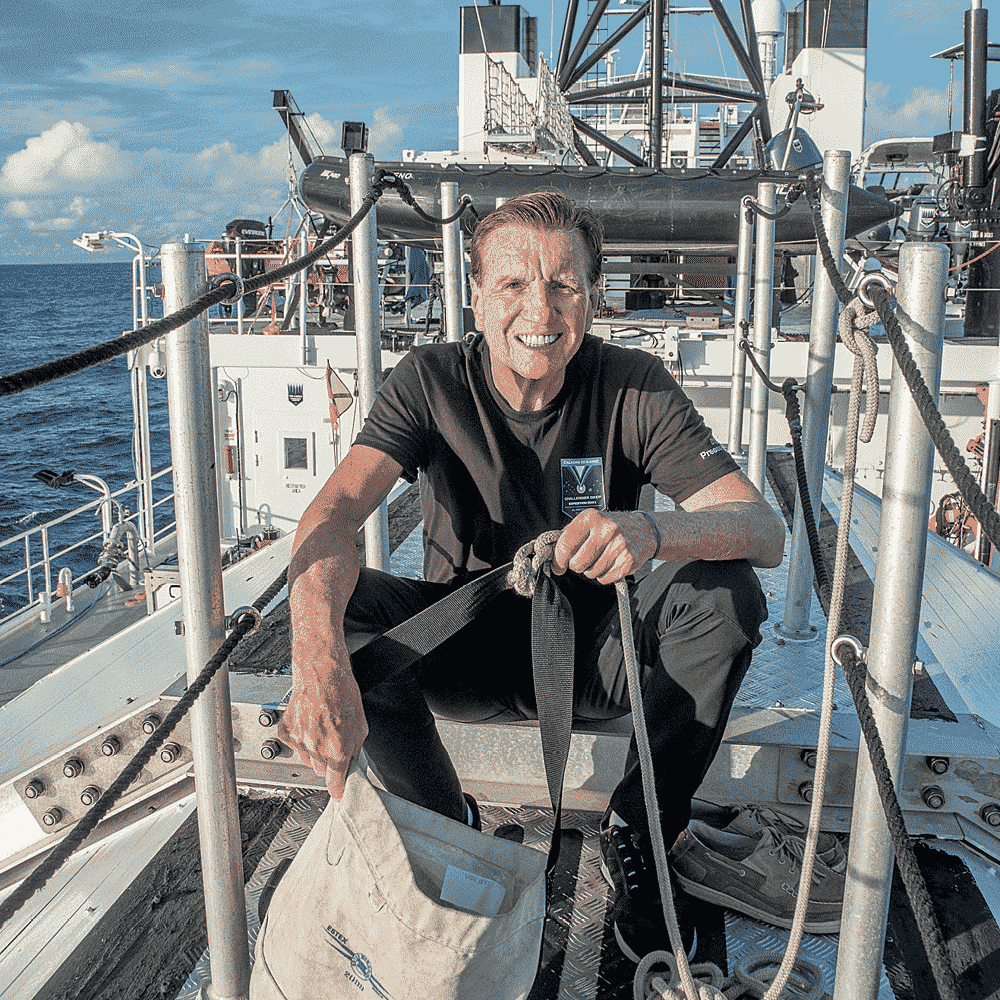
Larry Connor is pictured on the Triton Hadal Exploration System. In April, he completed three dives in the Pacific Ocean’s Mariana Trench, exploring the deepest known points of the ocean. Photo courtesy of Larry Connor
A greater good
For all his success, Connor remains deeply connected to that young child within who struggled in school growing up.
“I have a belief that all kids—not just kids in upscale suburbs—should have the right and access to a great education,” says Connor. “No matter how under-resourced or underserved a child is, they can compete with any kid from any suburb if you level the playing field.”
Connor’s set to round out a history-making year by doing just that: founding The Greater Dayton School, Ohio’s first non-denominational private school specifically for underserved students.
Scheduled to open in fall 2022, the inaugural school year will serve children across four grades, eventually spanning preschool through eighth grade with up to 600 students. Rather than focusing on test scores and other traditional measures of progress, The Greater Dayton School will track its students through age 27 on various mental, emotional, physical and financial outcomes.
“We want to create a better socioeconomic path and see if we can permanently alter their long-term trajectory,” Connor explains.
He was inspired to explore the idea of starting a school through his company’s work with local charter school Dayton Early College Academy (DECA), as well as his own experience finding his academic groove at OHIO.
“Having been a terrible student in grade school and high school, and then having to pivot 180 degrees to become a good student in college, it was sink or swim,” says Connor. “It was at Ohio University that I really realized why it was so critical to have a good foundation in the fundamentals of reading, writing and arithmetic.”
Connor’s passion for empowering youth also translates to The Connor Group’s nonprofit arm, Kids & Community Partners, through which a percentage of the company’s revenue is donated to worthy causes and organizations. In the past five years alone, Kids & Community Partners has directed more than $12 million to recipients such as Dayton Children’s Hospital, DECA and the Mayo Clinic—with a goal to invest over $400 million in the next decade.
“I hope I can be a resource or mentor for someone,” says Connor, “so that they don’t have to travel the rocky and bumpy roads that I did.”
Whether pioneering unprecedented research or new approaches to philanthropy, it all comes back to Connor’s drive to give back and inspire others to reach new heights.
“For people who’ve had some degree of success, you can serve as an inspiration and example for younger kids,” says Connor. “My hope is to show, ‘Here’s an average guy from Dayton, Ohio, who’s been able to do some fairly extraordinary things.’”
Took a look at OHIO faculty, students and alumni who have contributed to advancements in space exploration, dating back to the earliest days of the U.S. space program.


